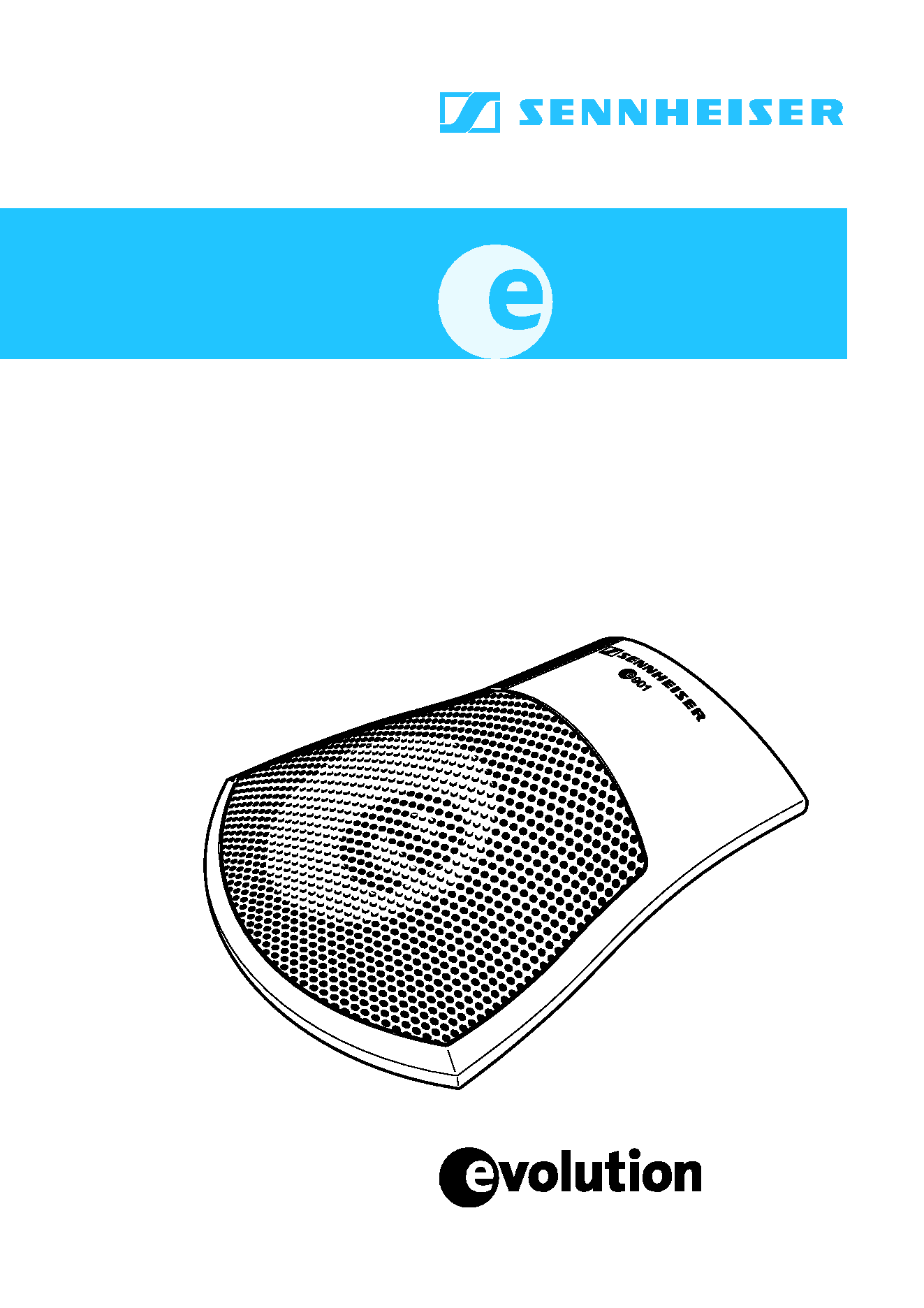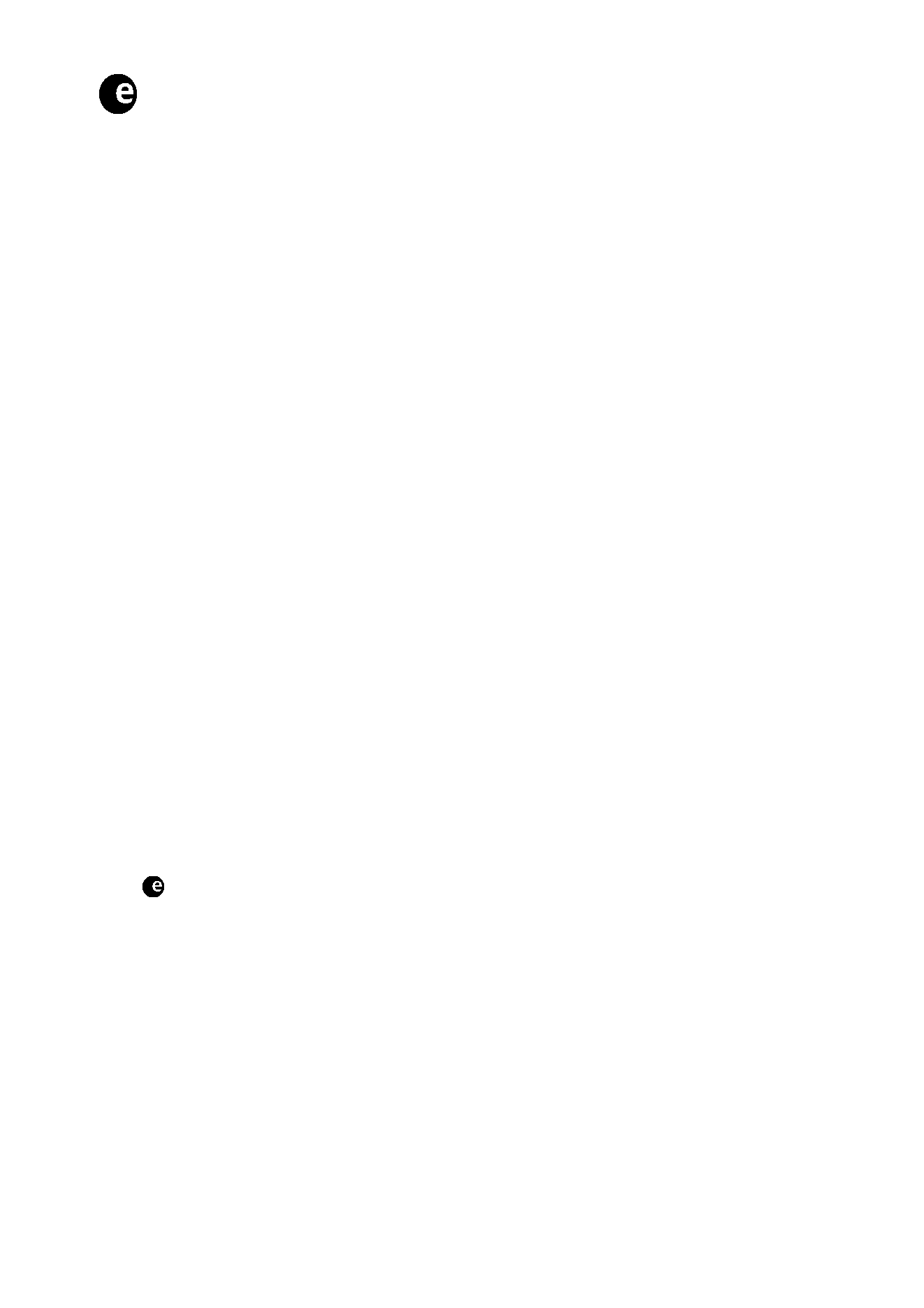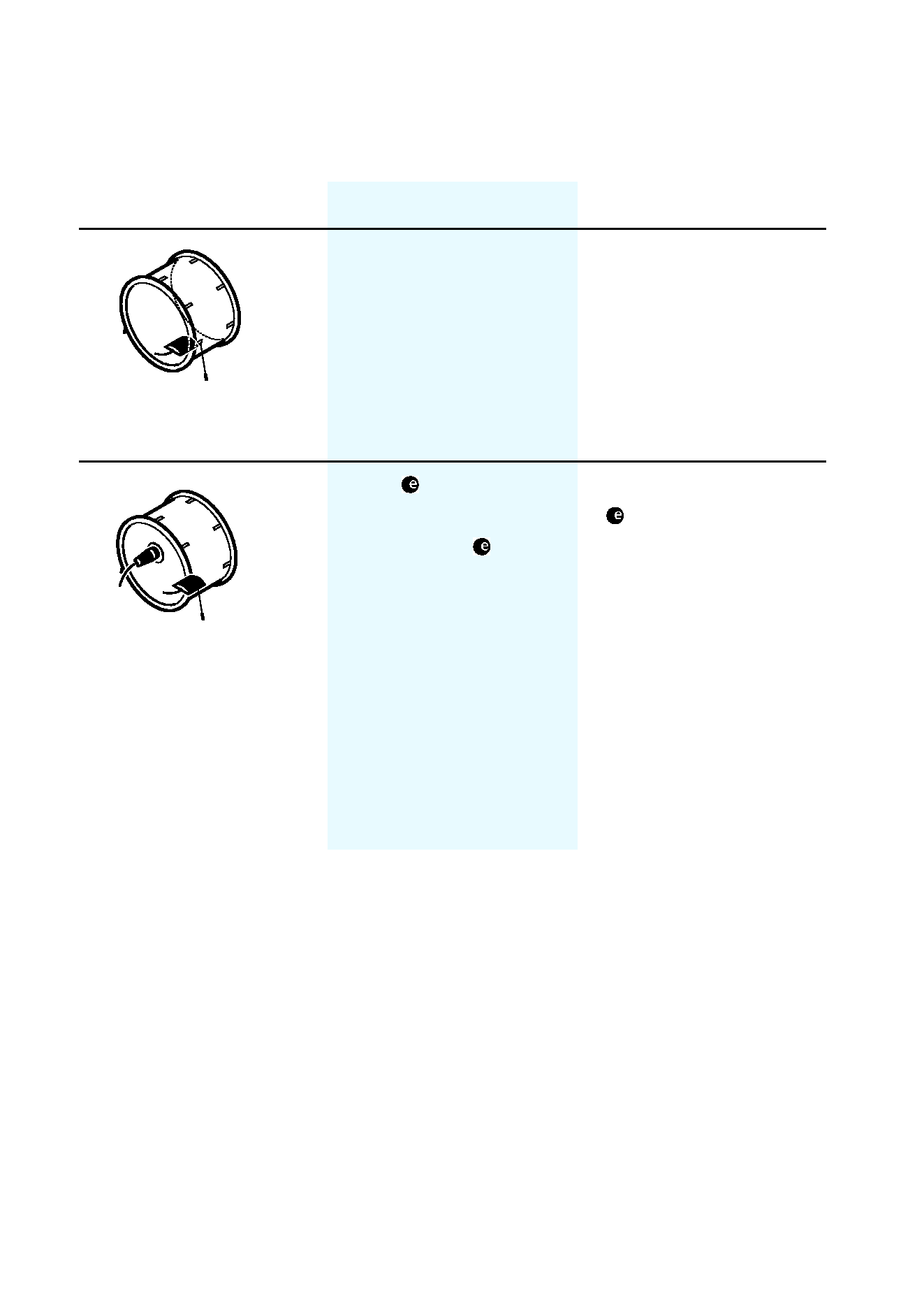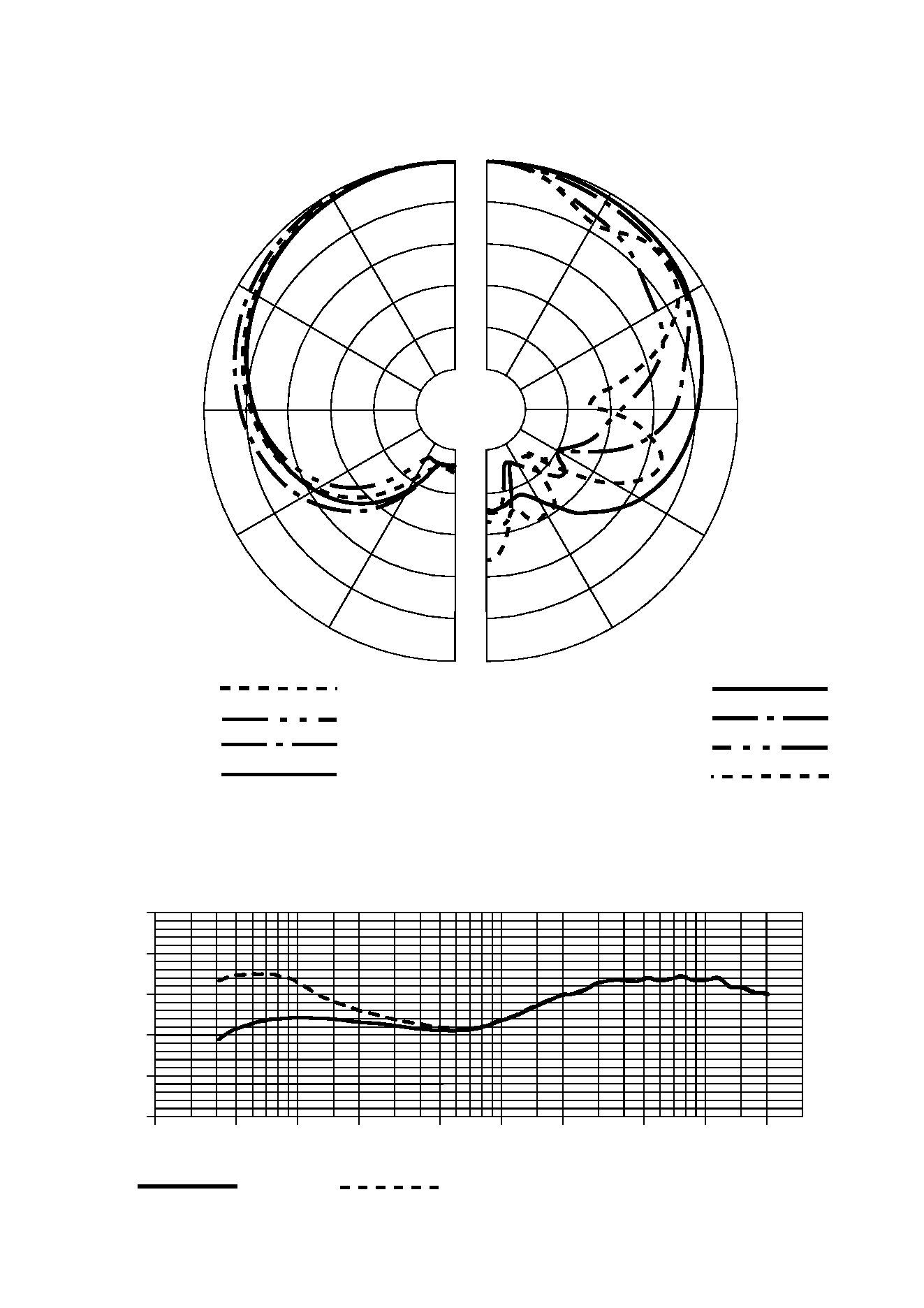
Bedienungsanleitung
Instructions for use
Notice d`emploi
Istruzioni per l`uso
Instrucciones para el uso
Gebruiksaanwijzing
901

Bedienungsanleitung.............................................................. 3
Instructions for use ................................................................. 9
Notice d'emploi ......................................................................15
Istruzioni per l'uso.................................................................21
Instrucciones para el uso......................................................27
Gebruiksaanwijzing...............................................................33

9
901
High-quality pre-polarised condenser microphone with
half-cardioid pick-up pattern, especially suitable for use
with kick drums.
The extremely thin, high-strength diaphragm delivers a
very low bass response and fast transient signals.
Incidental rear noise is effectively rejected.
Features
Frequency response tailored for kick drum miking
Fast attack
Very dry and precise low-bass response
Extremely rugged sound inlet basket
Rubber damping plate on base
Gold-plated XLR connector
Integrated pre-amplifier
Delivery includes
901 microphone
Pouch
Instructions for use
Warranty Certificate

10
Positioning the microphone
Kick drums
In order to prevent interference due to crosstalk between
adjacent sound sources, try to position the microphone so
that the interfering sound source is located in the angle
area of the highest cancellation of the microphone
(approx. 180°; see polar diagram).
Position
Resulting sound
Commentary
Much resonance,
much attack
Less attack: Turn
the microphone
away from where
the beater strikes.
Position the
microphone at the
bottom of the kick
drum, approx.
1020 cm from the
batter head.
The
901 is used
for picking up the
attack, the
902 for
picking up the
fundamental.
Combined with an
902 positioned at
the resonant head.
The lower micro-
phone must be
phase-reversed to
avoid phase-
cancellation effects
due to the second
microphone being
on the other side of
the drumskin.

11
Polar diagram
Frequency response curve
0°
5
10
15
20
25
dB
30°
60°
90°
30°
60°
90°
120°
150°
180°
150°
120°
2000 Hz
4000 Hz
8000 Hz
16000 Hz
125 Hz
250 Hz
500 Hz
1000 Hz
0
- 50
- 60
- 70
- 80
- 90
20
50
100
200
500
1000 2000
5000 10000 20000 Hz
0°, 1 m
0°, 5 cm
- 40
dBv
